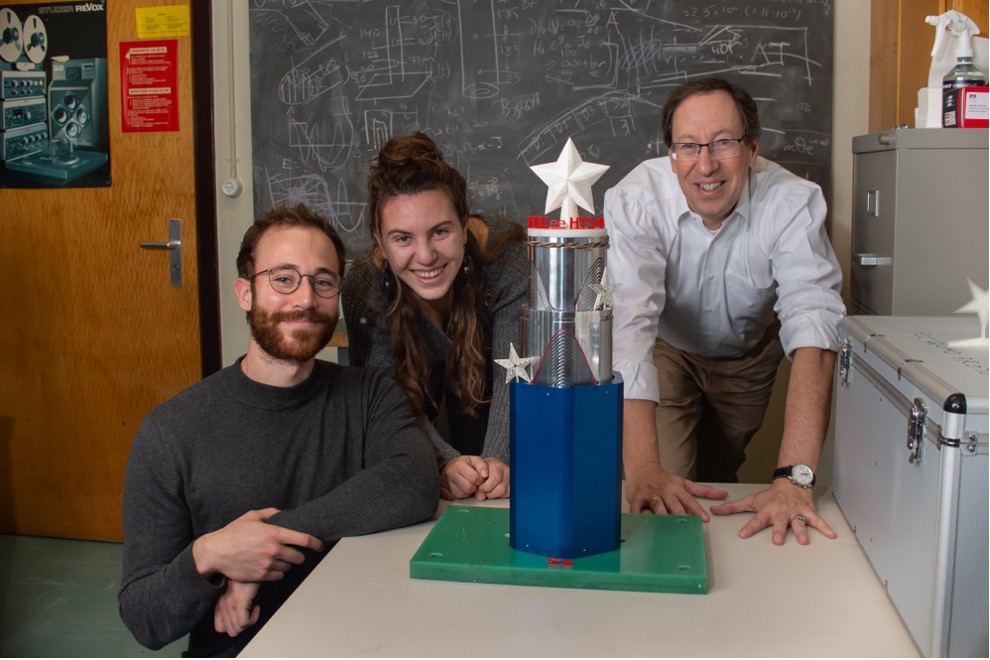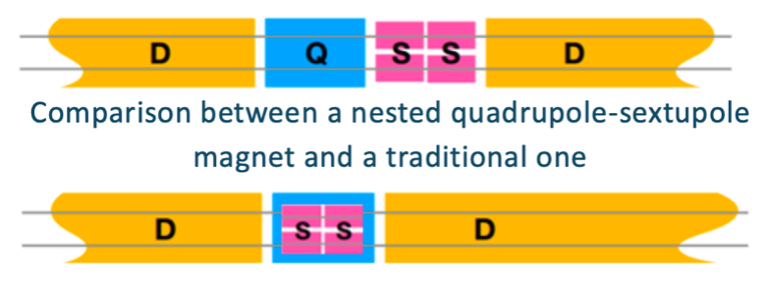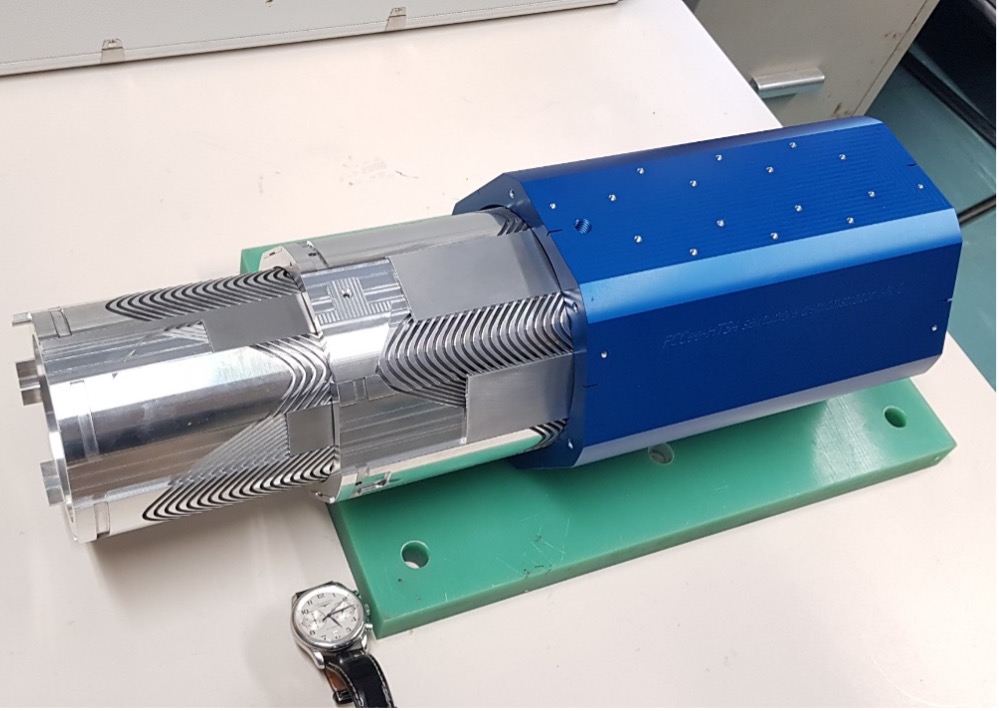The FCC is set to be CERN’s largest and most ambitious project yet. When you have ambition, you need innovation. Therefore, as a proposal to replace a large portion of the many hundred normal conducting quadrupoles and sextupoles, the FCC-ee HTS4 team has designed a Canted-Cosine-Theta (CCT) magnet using high-temperature superconducting (HTS) ReBCO tape. The project wishes to demonstrate that an HTS system has better performance and at the same time reduces power consumption compared to the normal-conducting system by 90%.

(Credit: RvS.Media)
If the HTS4 project is successful, the FCC would use up to 20’000 km of HTS ReBCO tape. Considering that the construction of the FCC is set to start in 2032-2035, it is expected that the price of HTS tape would have decreased significantly, so that the total cost of the HTS system will be the same or less than the cost of the baseline solution of normal conducting magnets.
The advantages of an HTS approach are manifold: Ohmic losses, a significant source of electric power consumption for a normal-conducting accelerator like the FCC in its baseline configuration, would be reduced to zero, whereas refrigeration losses when using HTS conductors would be much reduced compared to that of low-temperature superconducting magnets. Other advantages include increased performance due to the ability of ‘nesting’ magnets together, letting them occupy the same longitudinal space in an accelerator, something not possible in the case of normal-conducting magnets, which use iron to shape their magnetic fields. The increase in performance is such that 40% of the cost of the system can be recovered already from the need for lower RF voltage, and therefore a smaller number of accelerating RF cavities.

As seen in figure 3, a nested quadrupole-sextupole magnet can reduce the space needed on the short-straight sections and leave more room for bending magnets.
At the end of 2023, the HTS4 team started constructing a prototype hardware of the magnet using CCT technology. It will be the first demonstrator of an HTS sextupole, designed for the arcs of the FCC-ee collider. It will also be the first time that a CCT magnet uses HTS ReBCO tapes as its conductor, something that was long considered technically challenging. One of the main obstacles encountered was the rigidity of the ReBCO tape. This was overcome via the use of Frenet-Serret series to design the flow of the tape without hard-way bends.
FCCee-HTS4 is a CERN-PSI collaboration funded through the CHART consortium, an umbrella collaboration for R&D activities in Switzerland, with CERN, PSI, EPFL, ETH-Zurich and the University of Geneva as present partners. HTS4 focuses on superconducting magnets, whereas its sister project CPES, an ETH-PSI collaboration, focuses on cryogenic power supplies.

For now, future plans include the winding of the magnet in B590, followed by testing it for magnetic performance and quality. Watch this space for further news, as it’s about to get interesting!

